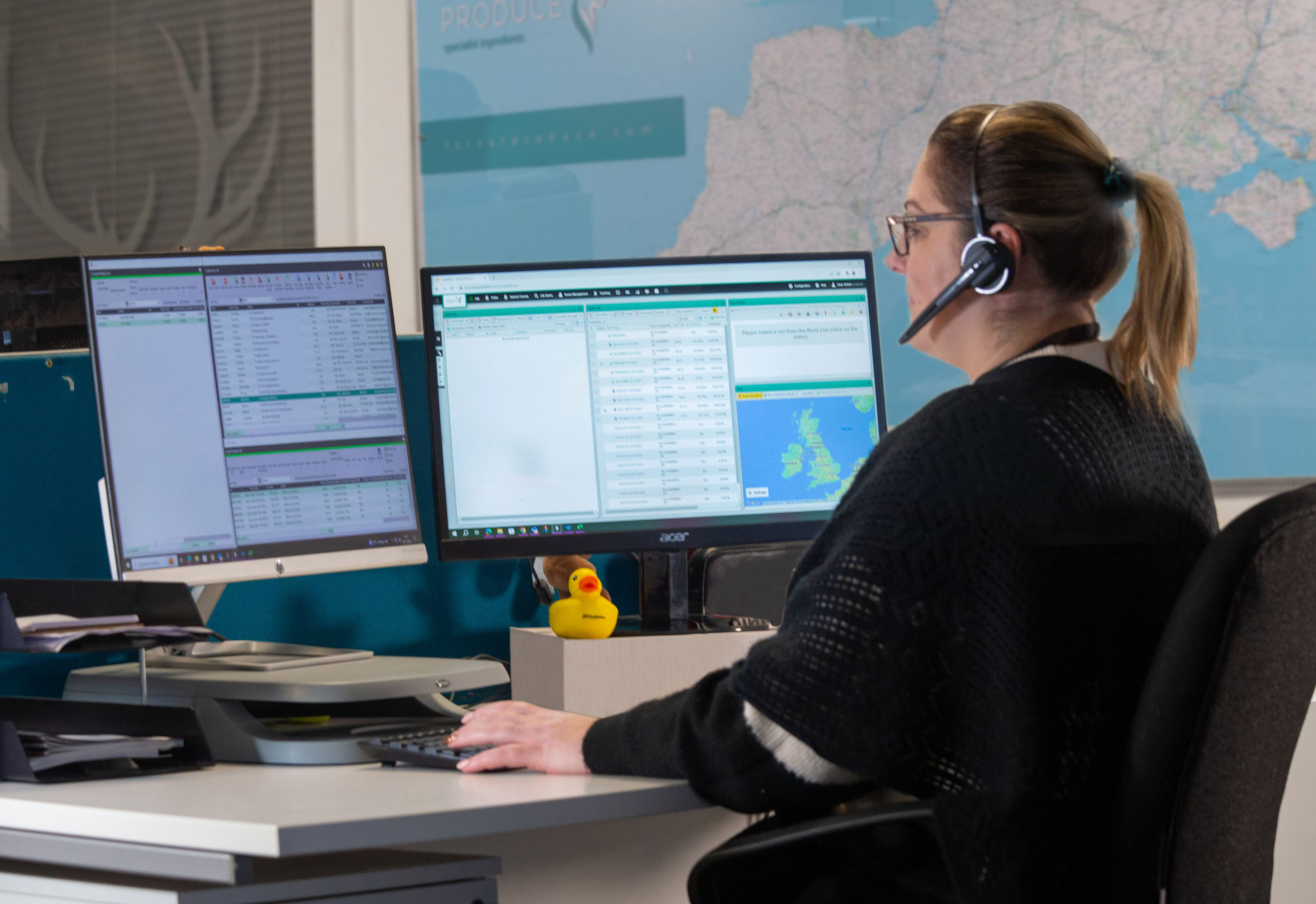What is route optimisation?

Route optimisation in logistics is about identifying the route that will result in the least time a driver spends on the road, and it’s not just about finding the shortest distance between a starting point and a destination.
A good route optimisation tool will consider many factors, such as the number of stops and distance between them, typical traffic levels at that time of day, customer timeframe expectations, vehicle capacity and how many right-hand turns (having to wait to cross the line of traffic), among other things.
Why is route optimisation important?
The benefits that come with route optimisation are resounding and plentiful.
Route optimisation software means a company can provide customers with accurate ETAs and automatically update them in real-time. This makes business customers better able to plan their own operations, such as onward delivery to their customers. For end-consumers, it means they can be sure they’re at home to receive their parcel or let the boiler engineer in, for example. This results in happier customers and less need to arrange costly redeliveries.
Delivering to, collecting from or visiting customers more efficiently means you’re able to serve more customers and increase your profits.
More efficiency within your own fleet also means less reliance on expensive, third-party couriers.
Less time on the road means the vehicle fleet will use less fuel and suffer less wear & tear. This saves the company money on both fuel and repairs. The fuel reduction also means fewer carbon emissions. As well as being great for the planet, it’s great for businesses as consumers are increasingly becoming eco-conscious in their buying decisions.
More efficient routes mean drivers are less likely to be stuck in traffic, improving not only their productivity but also their mood. Happier drivers mean happier customers!
Everything listed above comes together in the form of a more profitable bottom line.
How do you optimise a route?
The best way to optimise a route is by using a route optimisation tool. This is because it uses algorithms to identify the best and most efficient route. A good route optimisation tool can:
- Automatically plan routes considering numerous factors to deliver the most efficient route.
- Plan the final mile. Often the most costly aspect of delivery, improvements here can have great effects. A good route optimisation tool will ensure timeframes are met while considering drive-times, vehicle capabilities and driver availability.
- Allow for manual adjustments to automatically-generated routes. Move jobs between routes to accommodate driver requests or changes to customer requirements and the route will update in real-time.
- Give your drivers a visual route that updates as they proceed along with it, rather than relying on paper maps or written directions.
- Hold and utilise key information about your vehicles (types, weights, capacities) and drivers (hours, working schedules, start/end locations) to make the most of your fleet.
- Flag any jobs where a required timeframe may be missed, so that office staff can reallocate the drop to a more appropriate route.
Can you optimise a route manually?
The short answer is no, not unless you only deliver 2-4 parcels a day.
The table below illustrates just how quickly the route optimisation process becomes incredibly complicated. It is based on one driver completing a route with between 1 and 10 stops, and the number of different routes that could be taken to complete them. As the number of possible routes climbs, so does the time spent, not to mention the risk of human error.
Number of Stops Number of Possible Route Permutations
1 1
2 2
3 6
4 24
5 120
6 720
7 5,040
8 40,320
9 362,880
10 3,628,800
If you had 5 drivers, each with 10 stops, those 3.6 million permutations become 37,267,043,023,296,000 – this is a staggering number, far beyond human capability, so it is best left to software that is specifically designed to identify the best routes for a fleet.
How can Podfather help?
At Podfather, we develop and deliver route optimisation software for a range of industries, to ensure they provide a great service and get the best out of their delivery teams. For more information, get in touch.


